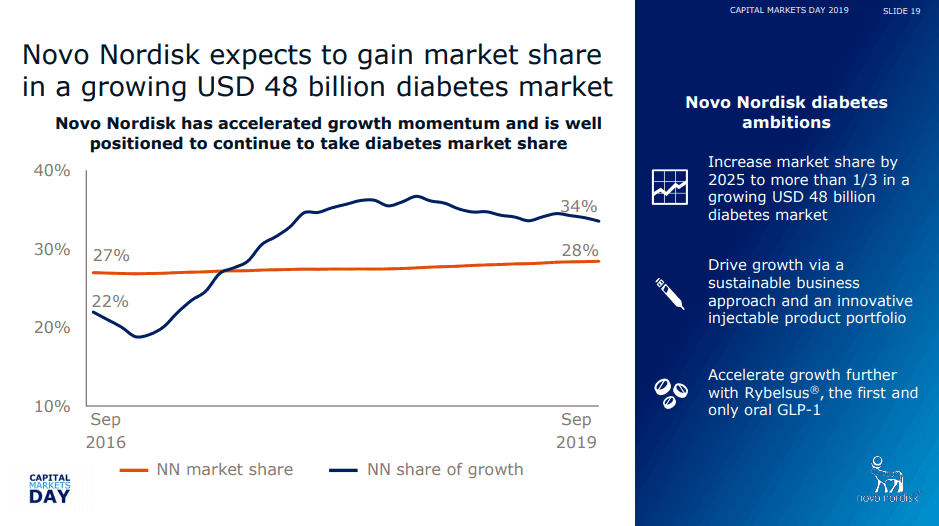Central Banks Cautious on AI, Dollar Dominance Holds Strong
A new OMFIF working group survey finds central banks have not integrated AI into core operations and remain largely absent from digital asset allocations, even as many express interest in diversifying reserves away from the dollar. The findings matter because they show practical limits to technological and reserve innovation, and underscore how liquidity in U.S. Treasury markets continues to shape global monetary policy and financial stability.

Central banks around the world are treating artificial intelligence as a cautious experiment rather than an operational linchpin, and their ability to reduce reliance on the U.S. dollar is constrained by the unmatched liquidity of Treasury markets, according to a survey published today by a working group hosted by the Official Monetary and Financial Institutions Forum.
The survey found that more than 60 percent of respondents do not yet use AI for core functions, and that institutions further along in experimenting with AI are often the most wary of its risks. On reserve portfolios, 93 percent of participating central banks reported they do not invest in digital assets. At the same time, many respondents signalled a desire to diversify reserves away from the dollar, but said market depth in U.S. Treasuries keeps the dollar dominant for now.
The results offer a snapshot of central bank behavior at an inflection point. Officials face mounting pressure to modernize risk models, surveillance systems, and back office operations using AI, while also managing model risk, data governance, and operational resilience. The survey suggests that those tradeoffs have led to conservative adoption strategies. Institutions that have run pilots or limited deployments appear to have encountered governance challenges that temper enthusiasm for a rapid rollout.
For markets, the inertia in reserve composition is consequential. The dollar’s role as the preferred reserve and collateral asset supports deep, liquid markets for government securities, which in turn underpin global funding channels such as the repo market. Central banks told the OMFIF working group that this liquidity is the decisive factor in maintaining dollar predominance even where strategic or political motives push for diversification. That dynamic means meaningful shifts away from the dollar would likely require structural development of alternative safe asset markets, enlarged issuance in other currencies, or changes in cross border settlement and collateral frameworks.

Policy implications are multifold. On AI, central banks will need to invest in governance frameworks, explainability tools, and talent to manage sensitive applications without undermining credibility in monetary policy or financial stability. Supervisory authorities may also have to update expectations for model validation, data privacy, and third party risk management to keep pace with increasingly complex tools.
On reserve strategy, the survey underscores a long run constraint. Diversification intentions face a short run reality where trading liquidity, market infrastructure, and legal certainty determine whether central banks can scale allocations to alternatives. That places a premium on international cooperation to deepen non dollar markets, strengthen cross currency swap lines, and expand safe asset issuance outside the United States.
The combined caution on AI and hesitancy to move away from the dollar signal continuity rather than disruption. Over time, adoption of advanced analytics could improve policy effectiveness and cost efficiency, while gradual reserve diversification might reshape market structures. For now, however, the practical demands of liquidity and the political risks of technological overhaul keep central banks on a deliberate path.


